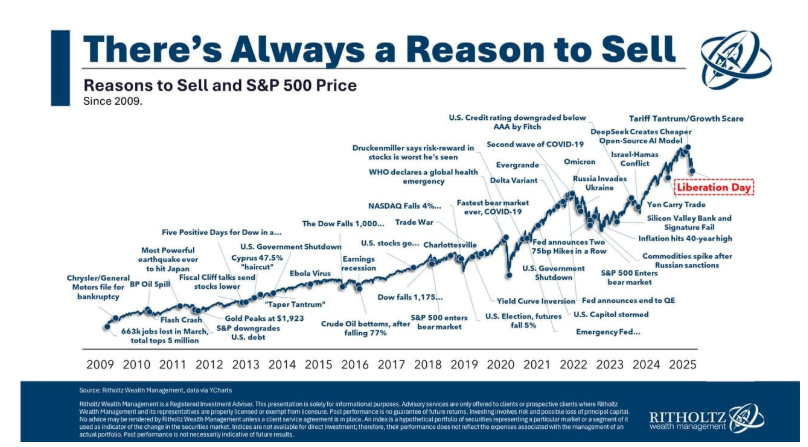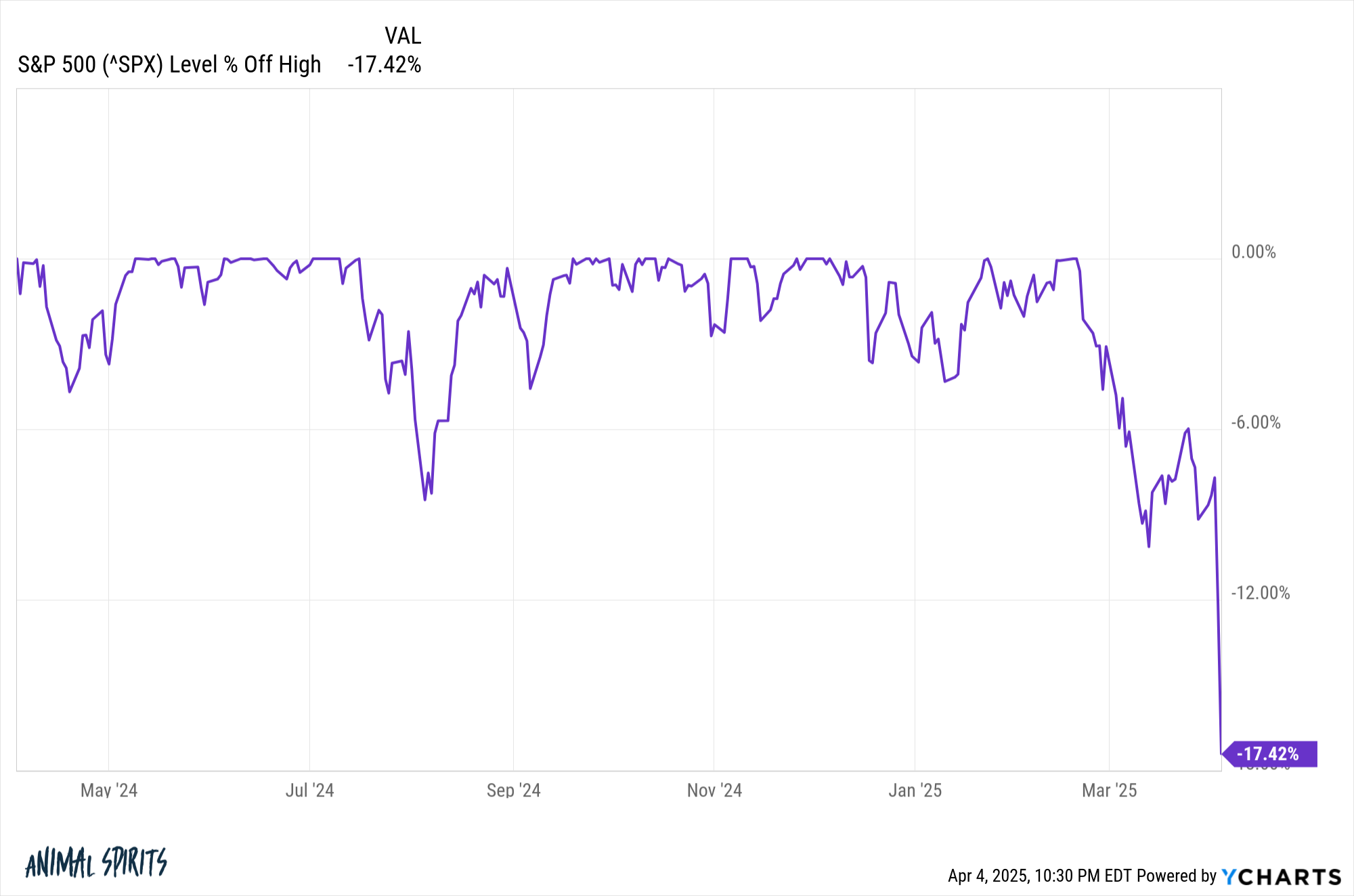These 4 key derailers can undermine a CHRO’s relationship with their board
CHROs are taking a more key leadership role across organizations, but that success depends on their relationship with the board.

Good morning!
The CHRO role has become more prominent than ever, and these leaders are expected to oversee critical parts of the modern workplace like executive succession, return-to-office mandates, and AI adoption. Being able to tackle these intensive tasks requires top HR leaders to have a seat at the table, and that includes the boardroom.
The number of CHROs at public companies sitting on corporate boards has dramatically increased over the past few years, according to a new report from The Conference Board, a non-profit business membership and research organization. In 2020, CHROs made up .6% of newly-appointed board directors in the S&P 500. That number grew to 1.1% in 2024. And even if the CHRO isn’t sitting on the board, nearly 70% of companies surveyed say they’ve increased CHRO engagement with the board over the past three years.
“This next generation high-impact CHRO operates as an enterprise leader, and they're fully engaged with the CEO and the management team, and are embedded in the board,” says Rita Meyerson, professor of organizational psychology at Columbia University, and principal researcher at the Conference Board.
But even though CHROs are gaining power, they need to watch out for four key challenges, according to the report, especially when it comes to the boardroom.
The first is an outdated perception of the role within executive ranks. Some executives and board members, Meyerson says, continue to view HR as primarily operational or administrative. This can limit CHRO access to more strategic decision-making opportunities, or cut them off from meetings other leaders believe they don’t need to be a part of.
That leads into the second major challenge for CHROs: other executives assuming that they have limited commercial and financial acumen. While most leaders understand that CHROs are exceptional at talent strategy, they may assume that they don’t excel at financial aspects of the business, Meyerson says. To get past these kinds of stereotypes, HR leaders need to connect their strategies to the overall bottom line, and demonstrate economic fluency. That might include creating a profit and loss statement, calculating talent acquisition costs, or doing more risk assessments to prove to the board their business capabilities, the report suggests.
“CHROs need to have commercial and financial fluency, which can legitimize them in the boardroom, and with the management team,” Meyerson says. “Cross-functional collaboration with the CFO, for instance, can help them create this credibility and trust with the board.”
Thirdly, some CEOs will attempt to limit their C-suite interactions with the board, controlling “when and how they contribute,” the study notes. But this kind of gatekeeping is dangerous, and means that key decisions will only go through the CEO. It can also lead to misalignment and misunderstanding.
“The CEO can often be a blocker to the CHRO being fully embedded with the board, and we've heard from a number of board members that oftentimes every single word is highly scripted from the CEO and that’s what the entire board is seeing. Limiting and kind of scripting the narrative can limit diversity of thought,” says Meyerson.
Finally, CEO succession tends to be a major source of tension for top HR leaders, particularly when the CEO also serves as board chair, the study notes. Meyerson says there are often unclear expectations over who has authority over this succession, and that disagreements can happen when no one knows who’s in charge. Sometimes the board will think they are making the key succession decision, when that role largely falls under the CHRO, she says.
“If there is no alignment between the board and the CEO around who manages the succession, then that's where there’s friction. And if someone on the board is not happy with how the process is going, you've got to address it up front.”
Brit Morse
brit.morse@fortune.com
This story was originally featured on Fortune.com








































































































































































